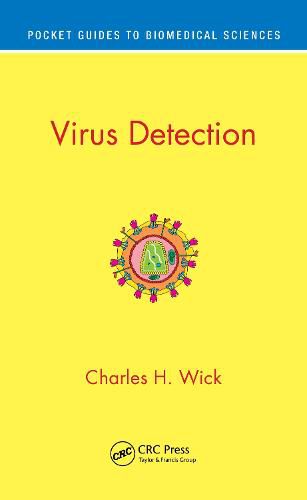Readings Newsletter
Become a Readings Member to make your shopping experience even easier.
Sign in or sign up for free!
You’re not far away from qualifying for FREE standard shipping within Australia
You’ve qualified for FREE standard shipping within Australia
The cart is loading…






Viruses do not behave as other microbes; their life cycles require infecting healthy cells, commandeering their cellular apparatus, replicating and then killing the host cell. Methods for virus detection and identification have been developed only in the past few decades. These recently developed methods include molecular, physical, and proteomic techniques. All these approaches (Electron Microscopy, Molecular, Direct Counting, and Mass Spectrometry Proteomics) to detection and identification are reviewed in this succinct volume. It is written in approachable language with enough detail for trained professionals to follow and want to recommend to others.
Key Features
Covers common detection methods
Reviews the history of detection from antiquity to the present
Documents the strengths and weaknesses of various detection methods
Describes how to detect newly discovered viruses
Recommends specific applications for clinical, hospital, environmental, and public health uses
$9.00 standard shipping within Australia
FREE standard shipping within Australia for orders over $100.00
Express & International shipping calculated at checkout
Viruses do not behave as other microbes; their life cycles require infecting healthy cells, commandeering their cellular apparatus, replicating and then killing the host cell. Methods for virus detection and identification have been developed only in the past few decades. These recently developed methods include molecular, physical, and proteomic techniques. All these approaches (Electron Microscopy, Molecular, Direct Counting, and Mass Spectrometry Proteomics) to detection and identification are reviewed in this succinct volume. It is written in approachable language with enough detail for trained professionals to follow and want to recommend to others.
Key Features
Covers common detection methods
Reviews the history of detection from antiquity to the present
Documents the strengths and weaknesses of various detection methods
Describes how to detect newly discovered viruses
Recommends specific applications for clinical, hospital, environmental, and public health uses